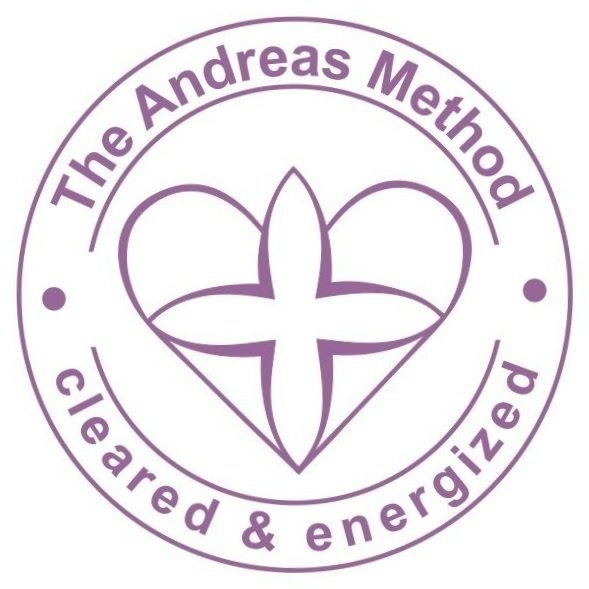What Food LAbels tell us... or what they don’t!
/Many people are aware that reading labels is important when choosing packaged foods. There are a few things you should know:
The term "Natural" is not regulated. It could mean anything, including ingredients such as refined sugar.
The term "Healthy" means, that sodium, fat and saturated fat are not exceeding USRDA limits (US Recommended Daily Allowance Limits). [1] It does not mean that the product really is a health-promoting food.
The label "Whole Grain" requires only 51% of the grain to be whole grain. It is important to choose only "100% whole grains" to avoid bleached, refined flour.
For a product to be labeled "Organic", only 80% of it's ingredients need to be organic. There are products that can claim 100% organic.
"Serving sizes" are often played with as it changes the amount of nutrients shown on the label. Check, if the serving size would be the amount you normally eat at once.
BBC News reported that food testers analyzed 570 nutrients listed on 70 products. Only 7 percent matched what the label said. All other labels were inaccurate concerning levels of fat, salt, calories and carbs. [2] Even the Government Accountability Office (GAO) found that about 24 percent of food labels were inaccurate. [3]
According to Prevention Institute, 84 percent of the investigated products advertised as "healthiest picks for kids" did not meet basic nutritional standards. [4] "Made with Real Fruit" is another mislead: products often contain only fruit-like ingredients such as fruit juice concentrates, and many times are loaded with even more sugar such as corn syrup. Basically: If you want real fruit, buy real fruit.
If you look for fiber, look for whole food ingredients that provide naturally occurring fiber (vegetables, fruits, beans). Added fiber is a filler in form of maltodextrin, polydextrose, or inulin. It does not provide the same health benefits as natural high-fiber foods.
According to Dr. David Katz, director of Yale University's Prevention Research Center in New Haven, Conn.,"Trans fat is potently associated with inflammation, heart disease, diabetes and probably cancer....It is in a very literal sense a kind of slow poison." [5] "zero trans fats" can be put on the label as long as the product contains less than 0.5 grams trans fat per serving.
"Low Fat" products often have high amounts of sugar and other taste enhancing agents (including lots of sweeteners) to make up for the loss of taste caused by reduction of fats.
Most taste enhancers are actually excitotoxins, which lead to destruction of certain types of brain cells. These food additives have nothing to do with preserving food or protecting food integrity. They are solely meant to alter the taste of food. In most instances, the effects are subtle and develop over a long period of time, and have been clearly linked to the development of ADHD, ALS, Alzheimer, Dementia, autism, migraines, and cancer. [6] The list of excitotoxins is getting longer and includes: GMO, hydrolyzed vegetable protein, aspartame (Nutra-Sweet), malt extract, natural flavoring, spices, yeast extract, textured protein, soy protein isolates.
Other food additives also are directly linked to behavioral problems and lowered IQ in children, including food dyes and preservatives such as sodium benzoate and nitrates. [7]
"Local" is an unregulated term that clever marketers are using to increase sales. Unless you know the farm, it's hard to know what "local" really is. All the more reason to take a stroll through your local farmers market and pick fresh, unadulterated ingredients for your meals.
To find local farms and health food, visit the online EatWellGuide.
Choose Ingredients Made by Nature ;-)
Blessings,
Jeannette von Johnsbach
Sources:
1United States Department of Agriculture, www.usda.gov/
2BBC News, March 3, 2005, Many labels on food 'misleading'
3United States Government Accountability Office, Report to the Chair, Subcommittee on Agriculture, Rural Development, Food and Drug Administration, and Related Agencies, Committee on Appropriations, House of Representatives, Food Labeling: FDA Needs to Better Leverage Resources, Improve Oversight, and Effectively Use Available Data to Help Consumers Select Healthy Foods, September 2008, GAO-08-597
4www.preventioninstitute.org
5ABC News, Food Labels Deceptive on Trans Fats, Says Researcher, Jan. 3, 2011
6Dr. Russel L. Blaylock, MD, Excitotoxins: The Taste That Kills
7The Lancet, Volume 370, Issue 9598, Pages 1560 - 1567, November 3, 2007, Food additives and hyperactive behaviour in 3-year-old and 8/0-year-old children in the community: a randomised, double-blinded, placebo-controlled trial

